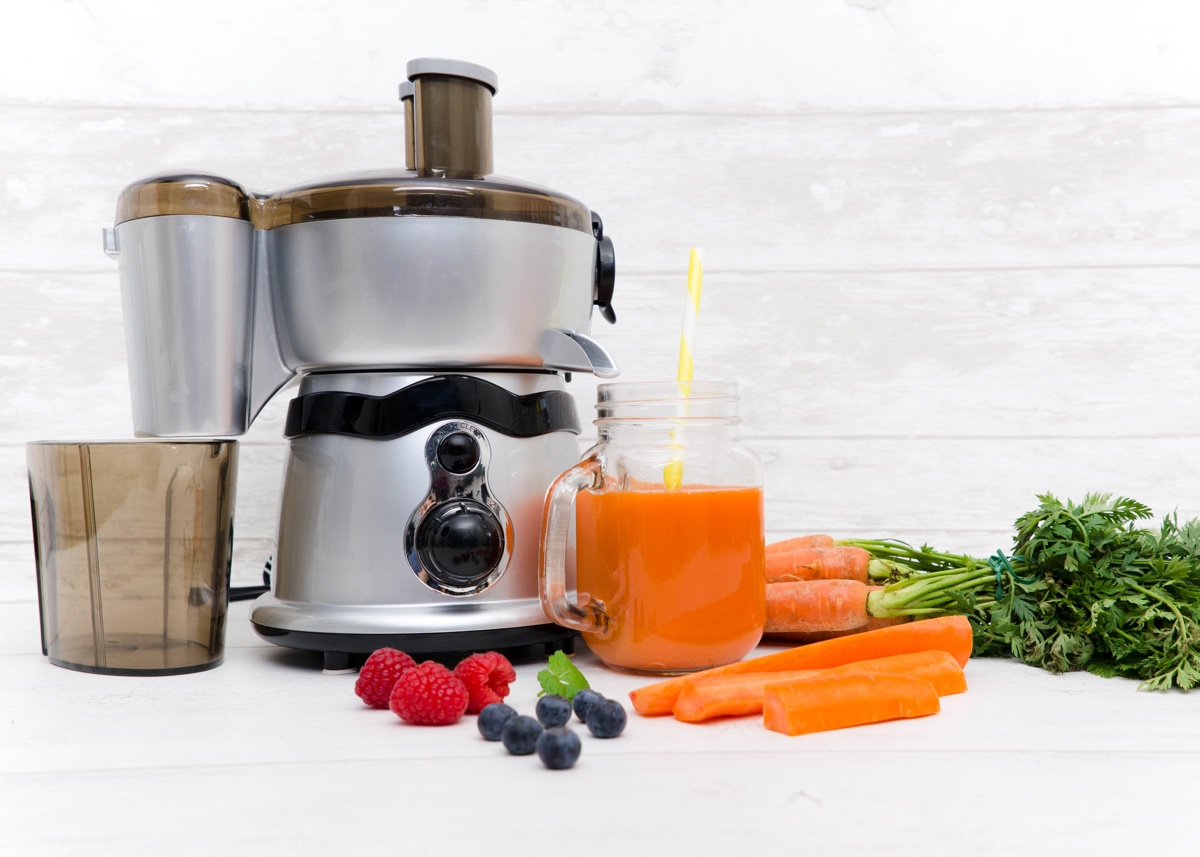

Articles
What Is A Juicer
Modified: January 22, 2024
Discover the benefits and types of juicers with our informative articles. Find the perfect juicer for your healthy lifestyle and start juicing today!
(Many of the links in this article redirect to a specific reviewed product. Your purchase of these products through affiliate links helps to generate commission for Storables.com, at no extra cost. Learn more)
Introduction
Welcome to the world of juicing! In recent years, juicing has become increasingly popular as people seek to incorporate more fruits and vegetables into their diets. Whether you’re looking to boost your energy levels, improve your digestion, or simply add some variety to your daily routine, a juicer can be a fantastic tool to help you achieve your health goals.
But what exactly is a juicer? How does it work? And what are the different types of juicers available? In this article, we’ll explore the ins and outs of juicers, discuss their benefits, and provide some tips for using and maintaining them.
At its core, a juicer is a kitchen appliance that extracts the juice from fruits and vegetables, separating it from the pulp and fiber. This allows you to enjoy the concentrated nutrients and flavors of the produce without having to consume the bulk. Juicers come in various shapes and sizes, with different mechanisms for extracting the juice.
The type of juicer you choose depends on your personal preferences and needs. There are three main types: centrifugal juicers, masticating juicers, and citrus juicers. Let’s take a closer look at each of them.
Key Takeaways:
- Juicing offers a convenient way to boost nutrient intake, improve digestion, and add variety to your diet. Whether you choose a centrifugal, masticating, or citrus juicer, enjoy the benefits of fresh, homemade juice while being mindful of common juicing mistakes.
- Proper cleaning and maintenance of your juicer are essential for optimal performance and hygiene. By following tips for using a juicer and avoiding common mistakes, you can ensure a smooth and enjoyable juicing experience while reaping the health benefits of fresh, nutrient-rich juices.
Read more: What Is A Centrifugal Juicer
Definition of a Juicer
A juicer is a kitchen appliance designed to extract juice from fruits and vegetables. It effectively separates the liquid from the solid components of the produce, allowing you to enjoy a concentrated and easy-to-consume form of the nutrients. By removing the fiber and pulp, juicers provide a quick and convenient way to incorporate a wide range of fruits and vegetables into your diet.
There are several reasons why people choose to invest in a juicer. Firstly, juicing allows for easier digestion and absorption of nutrients. When fruits and vegetables are juiced, the fibers are broken down, making it easier for the body to extract the vitamins, minerals, and antioxidants present in the produce.
Secondly, juicing provides a convenient way to consume a variety of fruits and vegetables in a single glass. Many people struggle to eat the recommended daily servings of produce, but juicing allows you to pack a wide range of nutrients into a single serving. This is especially beneficial for those with busy lifestyles or individuals who have difficulty consuming large quantities of whole fruits and vegetables.
Thirdly, juicing can be a great way to add some excitement and variety to your diet. By combining different fruits and vegetables, you can create delicious and customized juice blends to suit your preferences. You can experiment with flavors, textures, and combinations to create unique and refreshing beverages.
It’s important to note that while juicing provides concentrated nutrients, it does remove some of the fiber present in whole fruits and vegetables. Fiber plays a vital role in digestion and can help regulate blood sugar levels. To ensure you’re getting a well-rounded intake of nutrients, it’s recommended to also consume whole fruits and vegetables alongside juicing.
Now that we have a clear understanding of what a juicer is and its benefits, let’s dive into the different types of juicers available on the market.
Types of Juicers
When it comes to juicers, there are three main types: centrifugal juicers, masticating juicers, and citrus juicers. Each type has its own unique features and benefits, catering to different juicing preferences and needs.
1. Centrifugal Juicers
Centrifugal juicers are the most common type of juicer and are widely available. They work by using a high-speed spinning blade to shred fruits and vegetables, while simultaneously extracting the juice. The centrifugal force separates the juice from the pulp, which is then collected in a separate container.
Centrifugal juicers are known for their speed and convenience. They are great for beginners or those who want a quick and easy juicing experience. However, they tend to produce juice with more pulp and are less effective at juicing leafy greens and wheatgrass.
2. Masticating Juicers
Masticating juicers, also known as slow juicers or cold press juicers, operate at a slower speed than centrifugal juicers. They use a chewing or grinding mechanism to break down the produce, extracting the juice in the process. The slower speed helps preserve the nutrients and enzymes in the juice.
Masticating juicers are ideal for juicing leafy greens, wheatgrass, and other fibrous vegetables. They produce juice with less foam and pulp, resulting in a smoother and more concentrated juice. However, they are generally slower and require more time and effort to clean.
Read more: What Is A Masticating Juicer?
3. Citrus Juicers
Citrus juicers are specifically designed for juicing citrus fruits such as oranges, lemons, and grapefruits. They come in both manual and electric versions. Manual citrus juicers require you to manually squeeze the fruit onto a reamer, while electric citrus juicers do the squeezing for you.
Citrus juicers are straightforward and easy to use, making them perfect for anyone who enjoys fresh citrus juice on a regular basis. They efficiently extract the juice from citrus fruits, leaving behind the pulp and seeds.
Now that you’re familiar with the different types of juicers, you can choose the one that suits your juicing preferences and needs. In the next section, we’ll explore the benefits of juicing and why it’s worth incorporating into your lifestyle.
Centrifugal Juicers
Centrifugal juicers are one of the most popular choices among juicing enthusiasts. They are loved for their speed, convenience, and ability to handle a wide variety of fruits and vegetables. Let’s take a closer look at the features and benefits of centrifugal juicers.
1. Speed and Efficiency: Centrifugal juicers operate at high speeds, typically ranging from 3,000 to 15,000 revolutions per minute (RPM). This high speed allows them to quickly extract juice from fruits and vegetables, making them a time-saving option, especially when you’re in a rush. They can produce a glass of juice in a matter of seconds, which is perfect for those busy mornings or when you need a quick boost of energy.
2. Wide Feeding Chute: Centrifugal juicers often come with a large feeding chute, which means you can juice whole or large pieces of fruits and vegetables without much pre-cutting or preparation. This feature saves you time and effort, as you can simply feed the produce into the chute and let the juicer do the rest.
3. Versatility: Centrifugal juicers are versatile machines that can handle a wide range of fruits and vegetables. They do an excellent job at juicing firm and hard produce, such as apples, carrots, beets, and cucumbers. Some models can also handle soft fruits like oranges and berries, although they might not extract as much juice from these types of produce compared to masticating juicers.
4. Easy to Clean: Cleaning your juicer after use is an important aspect to consider. Luckily, centrifugal juicers are relatively easy to clean compared to other juicer types. Most models have removable parts that can be rinsed or put in the dishwasher, making the cleaning process quick and hassle-free.
5. Affordable: Centrifugal juicers are generally more affordable compared to masticating juicers. If you’re new to juicing or have a limited budget, a centrifugal juicer can be a great entry-level option that provides good juicing performance without breaking the bank.
Despite their many advantages, there are a couple of drawbacks to consider when using a centrifugal juicer. Firstly, they tend to produce juice with a bit more foam and pulp compared to other juicer types. Additionally, centrifugal juicers might not be as effective in extracting juice from leafy greens and wheatgrass, as they don’t handle fibrous produce as efficiently as masticating juicers.
Overall, centrifugal juicers are a popular choice for their speed, convenience, and versatility. If you’re looking for a fast and efficient way to enjoy fresh, homemade juice, a centrifugal juicer may be the perfect option for you.
Masticating Juicers
Masticating juicers, also known as slow juicers or cold press juicers, are a popular choice for those who prioritize the quality and nutrient content of the juice. They work by slowly grinding and crushing the fruits and vegetables, extracting juice without generating heat, which helps preserve the enzymes and nutrients present in the produce. Here are some key features and benefits of masticating juicers.
1. Slow and Gentle Juicing: Unlike centrifugal juicers that operate at high speeds, masticating juicers work at a slower speed, typically ranging from 40 to 120 revolutions per minute (RPM). This slow juicing process ensures that the fruits and vegetables are thoroughly and gently crushed, resulting in a higher juice yield with minimal oxidation. The slow speed also prevents the juice from heating up, which helps retain its nutritional value and flavor.
2. Juices a Variety of Produce: Masticating juicers are well-suited for juicing a wide range of fruits and vegetables, including leafy greens, wheatgrass, and even herbs. Their slow and powerful grinding mechanism effectively extracts juice from fibrous and tough produce, allowing you to enjoy the nutritional benefits of a variety of ingredients in your juice.
3. High Nutrient Retention: Due to their low-speed extraction process, masticating juicers help preserve the enzymes, vitamins, minerals, and antioxidants present in the fruits and vegetables. This means you get a juice that is rich in nutrients and has a longer shelf life compared to juice extracted with a centrifugal juicer.
4. Less Foam and Pulp: Masticating juicers produce juice with minimal foam and pulp, resulting in a smooth and velvety texture. The fine mesh screens and slow grinding process effectively separate the juice from the fiber, leaving you with a cleaner and more refined juice.
5. Versatility in the Kitchen: Aside from juicing, many masticating juicers come with additional attachments and functions that allow you to make nut butters, baby food, sorbets, and even pasta. This versatility makes masticating juicers a valuable tool in the kitchen, providing you with a range of options to explore and experiment with.
It’s important to note that masticating juicers typically have a narrower feeding chute compared to centrifugal juicers. This means you may have to chop your produce into smaller pieces before feeding it into the juicer. Additionally, the slower juicing process of masticating juicers means they require more time and effort to extract juice compared to centrifugal juicers.
If you’re looking for nutrient-dense juices, enjoy juicing leafy greens and wheatgrass, and appreciate the versatility of a multi-functional appliance, a masticating juicer may be the perfect choice for you. With their slow and gentle extraction, these juicers are excellent for those who prioritize the nutrient content and quality of their juice.
Citrus Juicers
Citrus juicers are specialized juicers designed specifically for extracting juice from citrus fruits such as oranges, lemons, limes, and grapefruits. They are simple, efficient, and ideal for those who enjoy freshly-squeezed citrus juice. Here are some key features and benefits of citrus juicers.
1. Efficient Juice Extraction: Citrus juicers are specifically designed to extract juice from citrus fruits with maximum efficiency. They typically feature a cone-shaped reamer that fits perfectly inside the fruit. By manually pressing the fruit against the reamer or activating an electric motor, the juicer effectively squeezes out the juice while leaving behind the pulp and seeds.
2. Easy to Use: Citrus juicers are incredibly easy to use, making them suitable for all levels of juicing enthusiasts. Whether you opt for a manual or electric citrus juicer, the process is as simple as cutting the fruit in half, placing it on the reamer, and applying pressure to extract the juice. Some electric models even come with a built-in pulp control, allowing you to customize the amount of pulp in your juice.
3. Preserves Citrus Flavor: One of the major advantages of using a citrus juicer is that it preserves the natural flavor of the citrus fruit. Since it only extracts the juice and leaves out the pulp and fiber, the resulting juice is pure, tangy, and bursting with citrus flavor. It’s the perfect way to enjoy the refreshing taste of citrus fruits during the hot summer months or any time you’re in need of a vitamin C boost.
4. Minimal Cleanup: Cleaning a citrus juicer is a breeze. Most models have removable parts that can be easily rinsed or placed in the dishwasher. Since citrus juicers typically have a built-in strainer to catch any pulp or seeds, there is minimal residue left behind, making the cleanup process quick and hassle-free.
5. Cost-Effective: Citrus juicers are generally more affordable compared to other types of juicers. They are a practical investment, especially if you predominantly juice citrus fruits and have no need for a juicer that processes other types of produce. With a citrus juicer, you can enjoy fresh citrus juice without breaking the bank.
It’s important to note that while citrus juicers excel at extracting juice from citrus fruits, they are not suitable for other types of produce such as apples, carrots, or leafy greens. If you’re looking for a juicer that can handle a wider variety of fruits and vegetables, a centrifugal or masticating juicer would be a better choice.
If you love the taste of fresh-squeezed citrus juice and want an appliance that is tailored specifically for citrus fruits, a citrus juicer is the perfect option for you. Its simplicity, efficiency, and affordability make it a valuable addition to any kitchen, providing you with delicious, refreshing citrus juice whenever you desire.
Read more: What To Make In A Juicer
Benefits of Juicing
Juicing has gained popularity for its numerous health benefits. Incorporating fresh, homemade juices into your diet can have a positive impact on your overall well-being. Here are some of the key benefits of juicing:
1. Increased Nutrient Intake: Juicing allows you to consume a concentrated dose of nutrients from fruits and vegetables in an easily digestible form. When you juice, the vitamins, minerals, and antioxidants present in the produce are extracted and delivered directly to your body. This can help boost your immune system, improve your energy levels, and support overall health.
2. Improved Digestion: The process of juicing removes the fiber from fruits and vegetables, making it easier for your body to absorb the nutrients. By consuming the juice, your digestive system gets a break from breaking down fiber, allowing for quicker and more efficient absorption of vitamins, minerals, and enzymes.
3. Increased Hydration: Many fruits and vegetables have high water content, and juicing them can help keep you hydrated. Staying hydrated is essential for maintaining overall health and supporting various bodily functions.
4. Weight Management: Juicing can be an excellent addition to a weight management plan. Fresh juices are low in calories but high in nutrients, making them a healthy and satisfying option for those looking to shed excess pounds. They can help curb cravings, provide a feeling of fullness, and supply your body with essential nutrients.
5. Detoxification: Juicing is often associated with detoxification and cleansing programs. While juices alone cannot detoxify your body, they can support your body’s natural detoxification processes. Juices from fruits and vegetables can provide antioxidants and promote liver health, aiding in the elimination of toxins from your system.
6. Glow and Radiance: The nutrient-rich juices can have a positive impact on your skin health. The vitamins and antioxidants present in fruits and vegetables help nourish your skin from within, giving you a healthy and radiant complexion.
7. Variety and Taste: Juicing allows for creativity and variety in your diet. You can experiment with different combinations of fruits and vegetables to create delicious and refreshing juice blends. It’s an excellent way to incorporate a wider range of produce into your diet and reap the associated health benefits.
Remember, juicing should not replace whole fruits and vegetables in your diet. While juicing provides concentrated nutrients, it removes the fiber that is essential for digestive health. It’s important to maintain a balanced diet that includes a combination of fresh juices and whole fruits and vegetables.
By incorporating juicing into your daily routine, you can boost your nutrient intake, support your overall health, and enjoy a delicious way to consume an array of fruits and vegetables. So grab your juicer and start juicing your way to a healthier lifestyle!
When choosing a juicer, consider the type of produce you will be juicing most often. Centrifugal juicers are great for hard fruits and vegetables, while masticating juicers are better for leafy greens and wheatgrass.
Tips for Using a Juicer
Using a juicer is a straightforward process, but there are a few helpful tips to keep in mind to ensure that you get the best results and a smooth juicing experience. Here are some useful tips for using a juicer:
1. Choose Fresh and Ripe Produce: For the best quality and taste, select fresh and ripe fruits and vegetables. The quality of your ingredients will directly impact the flavor and nutritional value of your juice. Look for vibrant colors, firm textures, and avoid using overripe or bruised produce.
2. Wash Your Produce: Before juicing, thoroughly wash your fruits and vegetables to remove any dirt, pesticides, or residues. Even if you plan to peel them, it’s still essential to give them a good rinse to ensure that you’re starting with clean produce.
3. Prep Your Produce: Depending on the type of juicer you have, you may need to chop your fruits and vegetables into smaller pieces. For centrifugal juicers, larger cuts are usually fine, but for masticating juicers, smaller pieces may be required to ensure smooth juicing. Remove any seeds, pits, or tough stems before juicing.
4. Alternate Between Soft and Hard Produce: When juicing a variety of fruits and vegetables, it’s best to alternate between soft and hard produce. This helps the juicer process the ingredients more efficiently and prevents clogging. For example, follow a soft ingredient like a leafy green with a harder ingredient like an apple to maintain a consistent flow of juice.
5. Feed Produce Slowly: To ensure proper extraction and prevent overload, feed your produce into the juicer slowly. For centrifugal juicers, gentle pressure is usually sufficient, while masticating juicers may require a bit more guidance to ensure optimal juicing results.
6. Stir Your Juice: Once your juice is ready, give it a good stir to mix it well. This helps distribute the flavors and ensures a consistent taste throughout the juice.
7. Drink Immediately or Store Properly: Freshly-made juice is best consumed immediately to maximize its nutritional value. However, if you can’t drink it right away, store it in an airtight container in the refrigerator for up to 24 hours. Keep in mind that freshly squeezed juice may undergo some nutrient degradation over time, so it’s still preferable to drink it as soon as possible.
8. Experiment with Recipes: Don’t be afraid to get creative with your juice recipes! Mix and match different fruits and vegetables to discover unique and delicious flavor combinations. You can also add herbs, spices, or a squeeze of citrus to enhance the taste and add an extra layer of freshness.
9. Clean the Juicer Thoroughly: After each use, it’s essential to clean your juicer thoroughly to remove any residue and prevent staining or clogging. Refer to the manufacturer’s instructions for proper cleaning and maintenance. Most juicers have removable parts that can be rinsed or washed in the dishwasher, making the cleaning process relatively simple.
By following these tips, you can ensure a smooth and enjoyable juicing experience while maximizing the flavors, nutrients, and benefits of your fresh juices. Cheers to a healthier and more vibrant lifestyle!
Cleaning and Maintenance of a Juicer
Proper cleaning and maintenance of your juicer are crucial for ensuring optimal performance, extending its lifespan, and maintaining hygiene standards. Here are some key tips for cleaning and maintaining your juicer:
1. Unplug and Disassemble: Before cleaning your juicer, always unplug it from the power source to ensure your safety. Next, carefully disassemble all removable parts according to the manufacturer’s instructions. Take note of how the parts fit together for easy reassembly later.
2. Rinse Immediately: After each use, rinse the removable parts of your juicer with warm water to remove any pulp or residue. This prevents the remnants from drying on the components, making cleaning more challenging later on.
3. Hand Wash or Dishwasher: Depending on the manufacturer’s recommendations, you can hand wash the juicer parts with mild dish soap and a soft brush or sponge, or place them in the dishwasher if they are dishwasher-safe. Pay attention to any specific cleaning instructions provided by the manufacturer to avoid damaging the components.
4. Stubborn Residue: If there is stubborn residue or staining on any parts, soak them in warm water mixed with a gentle cleaning solution, such as vinegar or baking soda. This can help to break down the residue and make it easier to clean. Use a soft brush or sponge to scrub away the residue before rinsing thoroughly.
5. Wipe the Motor Base: While the removable parts are being cleaned, wipe the motor base of the juicer with a damp cloth to remove any spills or splatters. Ensure the base is completely dry before reassembling the juicer to prevent any electrical damage.
6. Regular Maintenance: Regular maintenance is essential to keep your juicer in excellent working condition. Check the manual for any specific maintenance instructions. Some juicers may require regular lubrication or filter replacement. Follow the manufacturer’s recommendations to prolong the life of your juicer and maintain its performance.
7. Store Properly: After cleaning and drying all the components, reassemble the juicer and store it in a clean and dry place. It’s important to store it properly to prevent dust, moisture, or other contaminants from accumulating on the juicer.
8. Safety Precautions: Always prioritize your safety when cleaning and maintaining your juicer. Follow all instructions provided by the manufacturer, including proper handling of sharp blades and avoiding contact with the motor base while cleaning. Ensure the juicer is unplugged throughout the cleaning process.
By regularly cleaning and maintaining your juicer, you can ensure its longevity and optimal performance. Taking the time to properly care for your juicer will not only keep it functioning efficiently but also ensure the production of clean and hygienic juices for you and your family to enjoy.
Common Juicing Mistakes
While juicing can be a fantastic way to incorporate more fruits and vegetables into your diet, it’s important to be aware of common mistakes that can impact the quality, taste, and nutritional value of your juices. Avoiding these mistakes will ensure you make the most out of your juicing experience. Here are some common juicing mistakes to watch out for:
1. Using Only Fruits: While fruits are delicious and nutrient-rich, relying solely on fruits for your juice can lead to a high sugar intake. Balance is key. It’s important to include a variety of vegetables in your juice to ensure a good balance of nutrients and to keep the sugar content in check.
2. Neglecting Leafy Greens: Leafy greens, such as spinach, kale, and Swiss chard, are packed with essential vitamins and minerals. Many people tend to avoid juicing leafy greens due to their strong taste or the misconception that they don’t juice well. However, properly combining them with other fruits and vegetables can result in a nutritious and delicious juice.
3. Drinking Juice Too Quickly: It’s common to gulp down your fresh juice quickly, but this can hinder the absorption of nutrients. Take the time to savor and swish the juice around in your mouth for better digestion. This allows your saliva to mix with the juice, initiating the digestive process and enhancing nutrient absorption.
4. Storing Juice Improperly: Freshly made juice is best consumed immediately to retain its nutritional benefits. However, if you need to store your juice, make sure to do it properly. Store it in an airtight container in the refrigerator and consume it within 24-48 hours to minimize nutrient loss and maintain flavor freshness.
5. Overloading the Juicer: Each juicer has its limitations in terms of the quantity and types of produce it can handle. Overloading the juicer can strain the motor, result in incomplete juicing, and potentially damage the machine. Follow the manufacturer’s guidelines regarding maximum capacity and recommended types of produce for optimal juicing results.
6. Not Cleaning the Juicer Properly: Proper cleaning is essential for maintaining the hygiene and lifespan of your juicer. Neglecting to clean the juicer thoroughly can lead to mold or bacteria growth, affect the taste of future batches, and compromise your health. Always refer to the manufacturer’s instructions for the recommended cleaning procedures and frequency.
7. Ignoring Organic Produce: When possible, choose organic fruits and vegetables for juicing. Non-organic produce may contain pesticide residues that can end up in your juice. By using organic produce, you reduce your exposure to potentially harmful chemicals and support sustainable farming practices.
8. Juicing Only for Weight Loss: While juicing can be a helpful tool for weight management, relying solely on juice for an extended period can deprive your body of essential nutrients and calories. It’s important to have a balanced diet that includes whole foods alongside juice to meet your nutritional needs.
By being mindful of these common juicing mistakes, you can ensure that your juicing efforts result in nutritious, delicious, and well-balanced juices that contribute to your overall health and well-being.
Read more: What Are The Benefits Of A Juicer
Conclusion
Juicing is not just a passing health trend; it’s a valuable tool that can help you incorporate more fruits and vegetables into your diet, boost your nutrient intake, and support your overall well-being. Whether you choose a centrifugal juicer, a masticating juicer, or a citrus juicer, the key is to find the juicer that suits your needs and preferences.
By juicing a wide variety of fruits and vegetables, you can enjoy a concentrated dose of essential vitamins, minerals, and antioxidants. Juicing allows for quick and easy nutrient absorption, making it ideal for those who struggle to consume the recommended daily servings of produce or have digestive difficulties.
While enjoying freshly-made juice, it’s important to keep a few key tips in mind. Choose fresh and ripe produce, alternate between soft and hard ingredients, and drink your juice immediately or store it properly to maintain its quality and nutritional value. Additionally, proper cleaning and maintenance of your juicer are paramount to its longevity and hygiene.
Avoid common juicing mistakes such as relying solely on fruits, neglecting leafy greens, and overloading the juicer. Be mindful of how you drink your juice, store it correctly, and clean your juicer thoroughly after use. By being aware of these mistakes, you can ensure that your juicing experience is enjoyable, nourishing, and free from any setbacks.
Incorporating juicing into your lifestyle can have a positive impact on your health, hydration levels, weight management, and overall glow. It’s an opportunity to get creative with your fruit and vegetable combinations, try new flavors, and embark on a journey of discovering the incredible benefits of fresh, homemade juice.
So, grab your favorite produce, fire up your juicer, and start enjoying the delicious and nutritious world of juicing. Cheers to your health and well-being!
Frequently Asked Questions about What Is A Juicer
Was this page helpful?
At Storables.com, we guarantee accurate and reliable information. Our content, validated by Expert Board Contributors, is crafted following stringent Editorial Policies. We're committed to providing you with well-researched, expert-backed insights for all your informational needs.
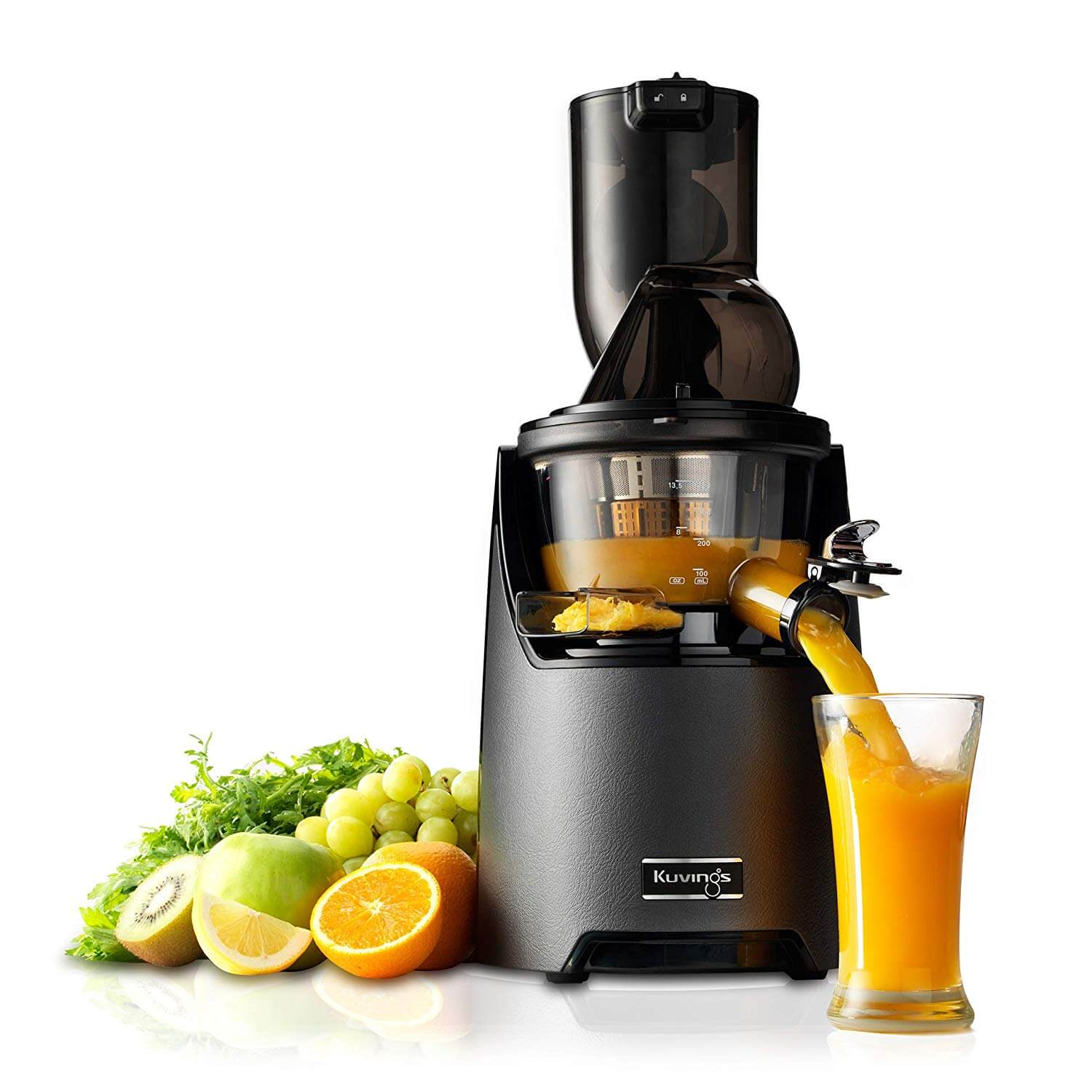
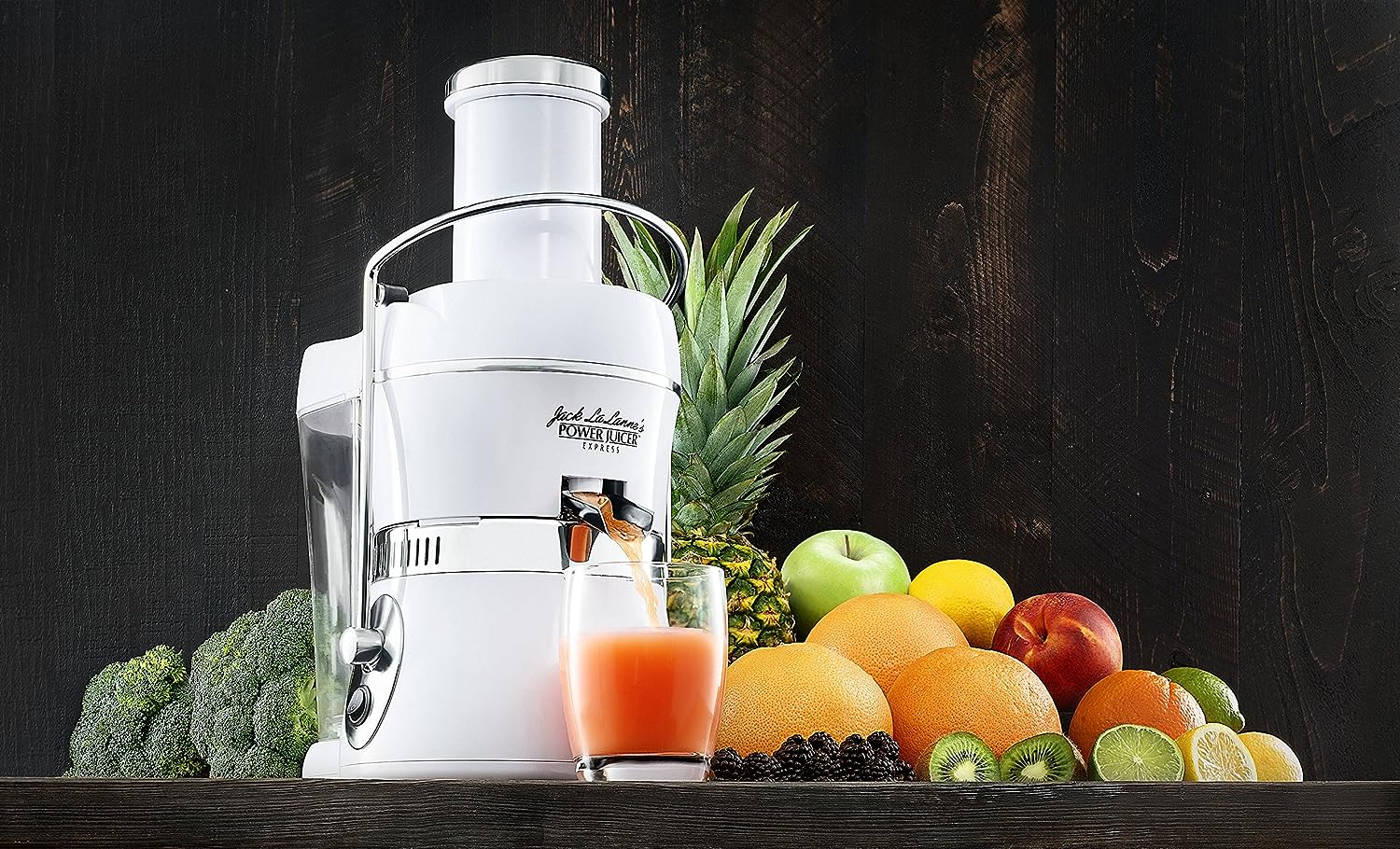
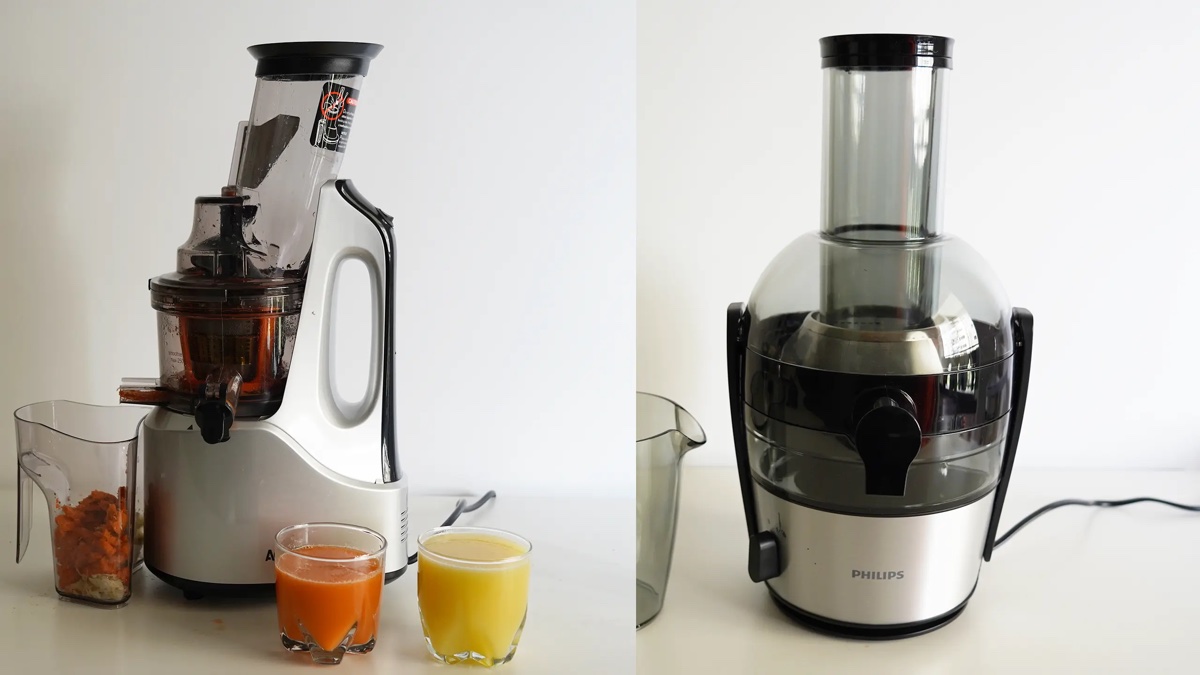


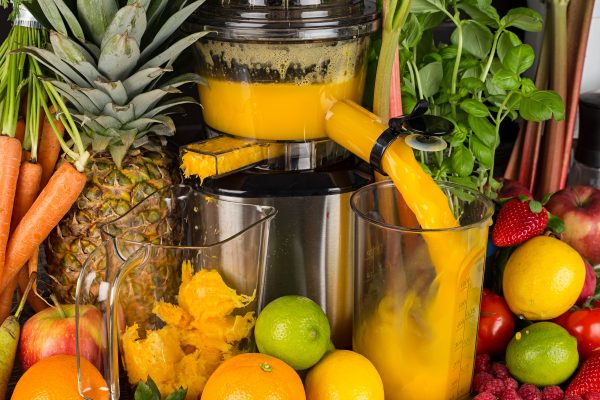
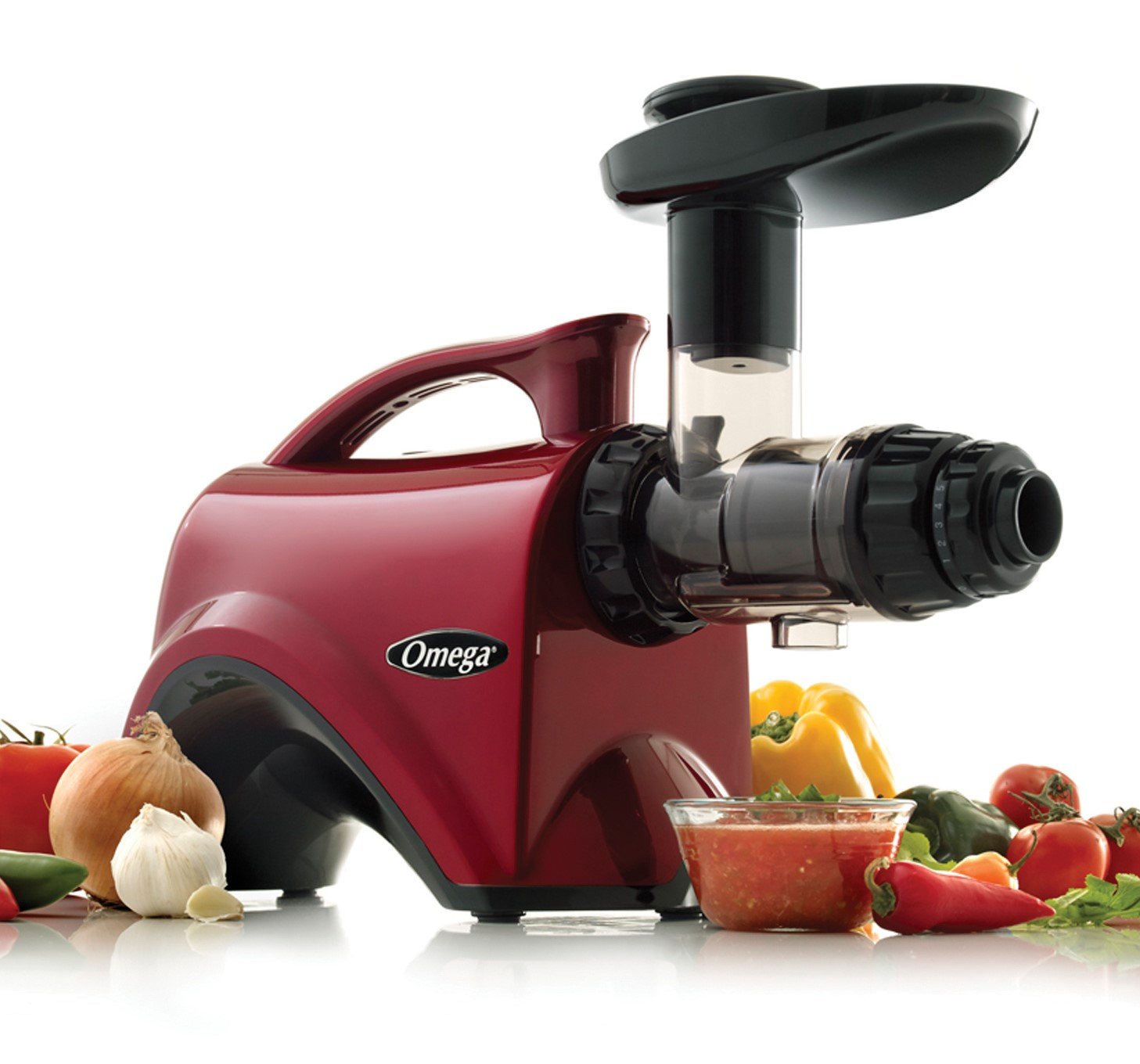
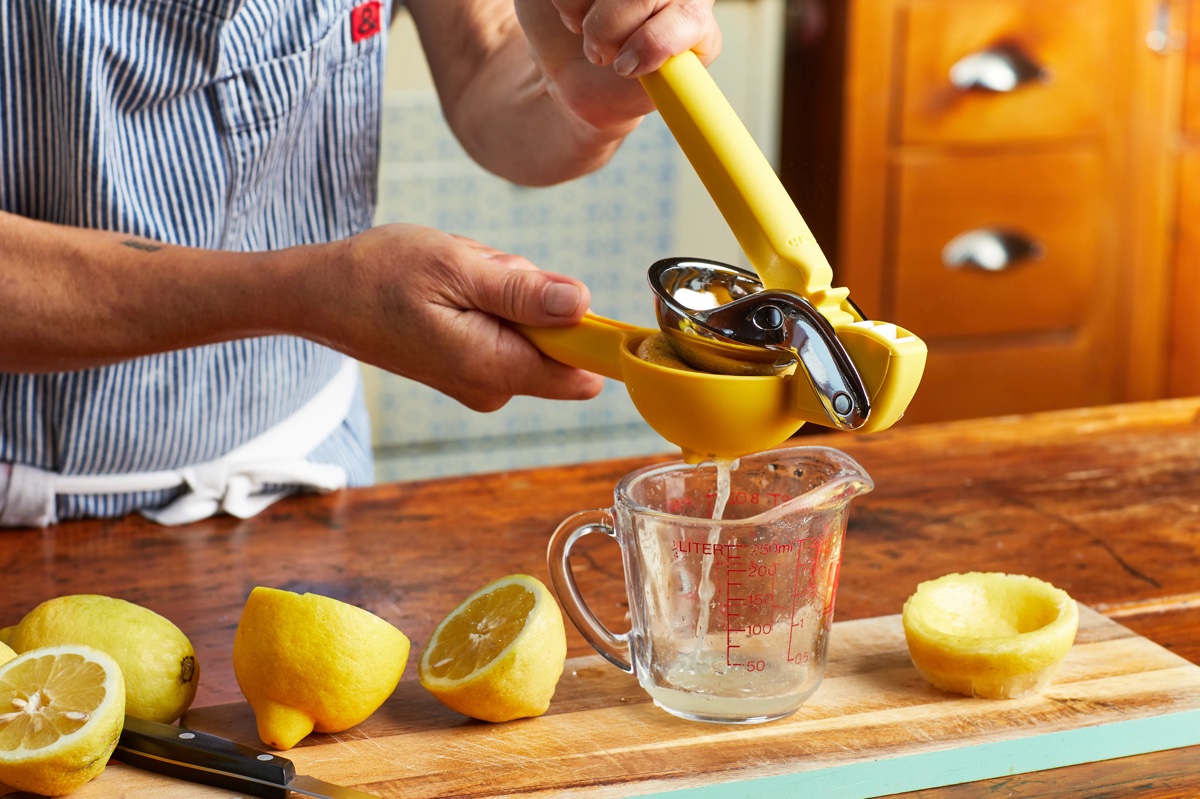
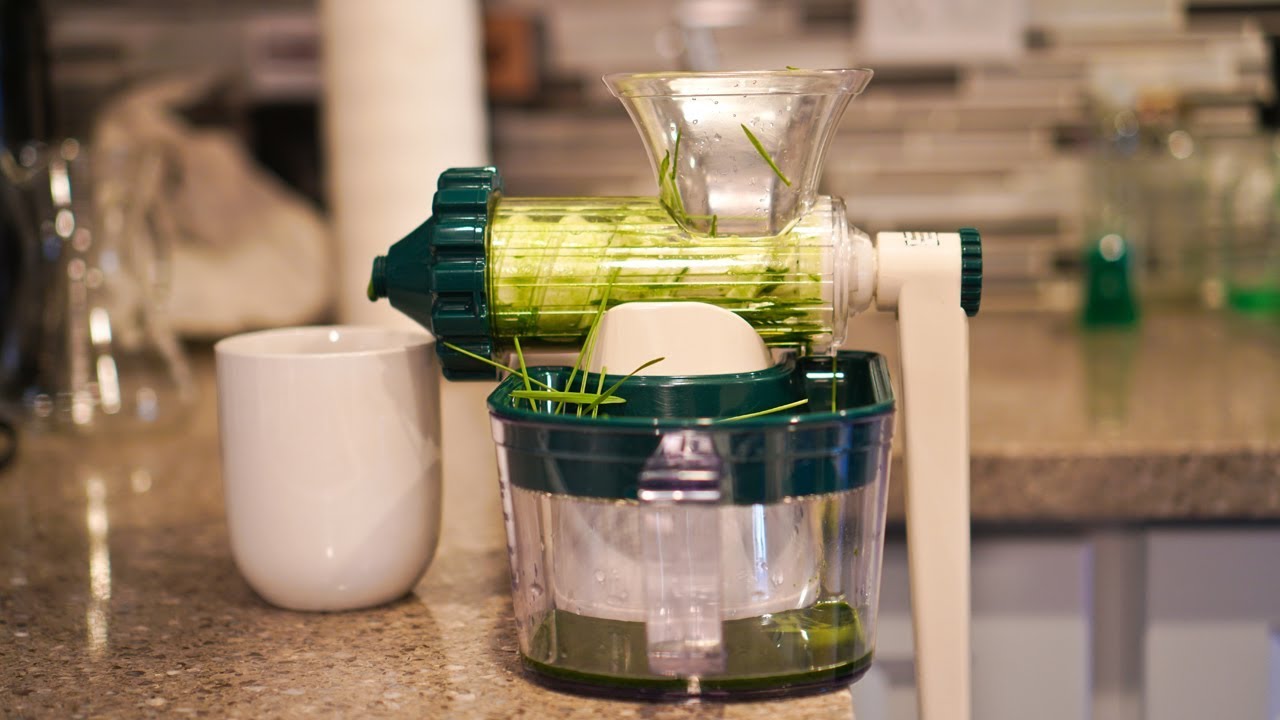
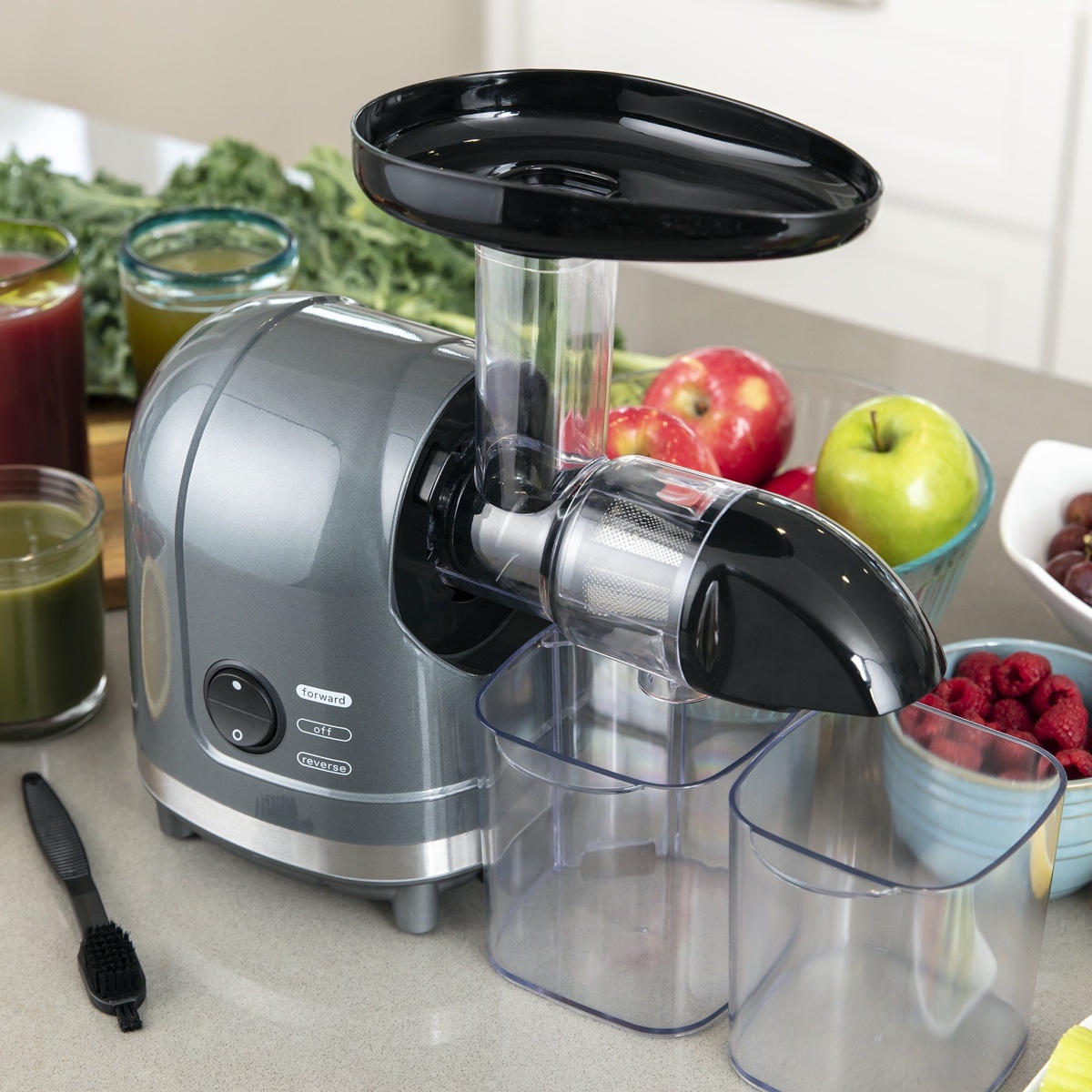
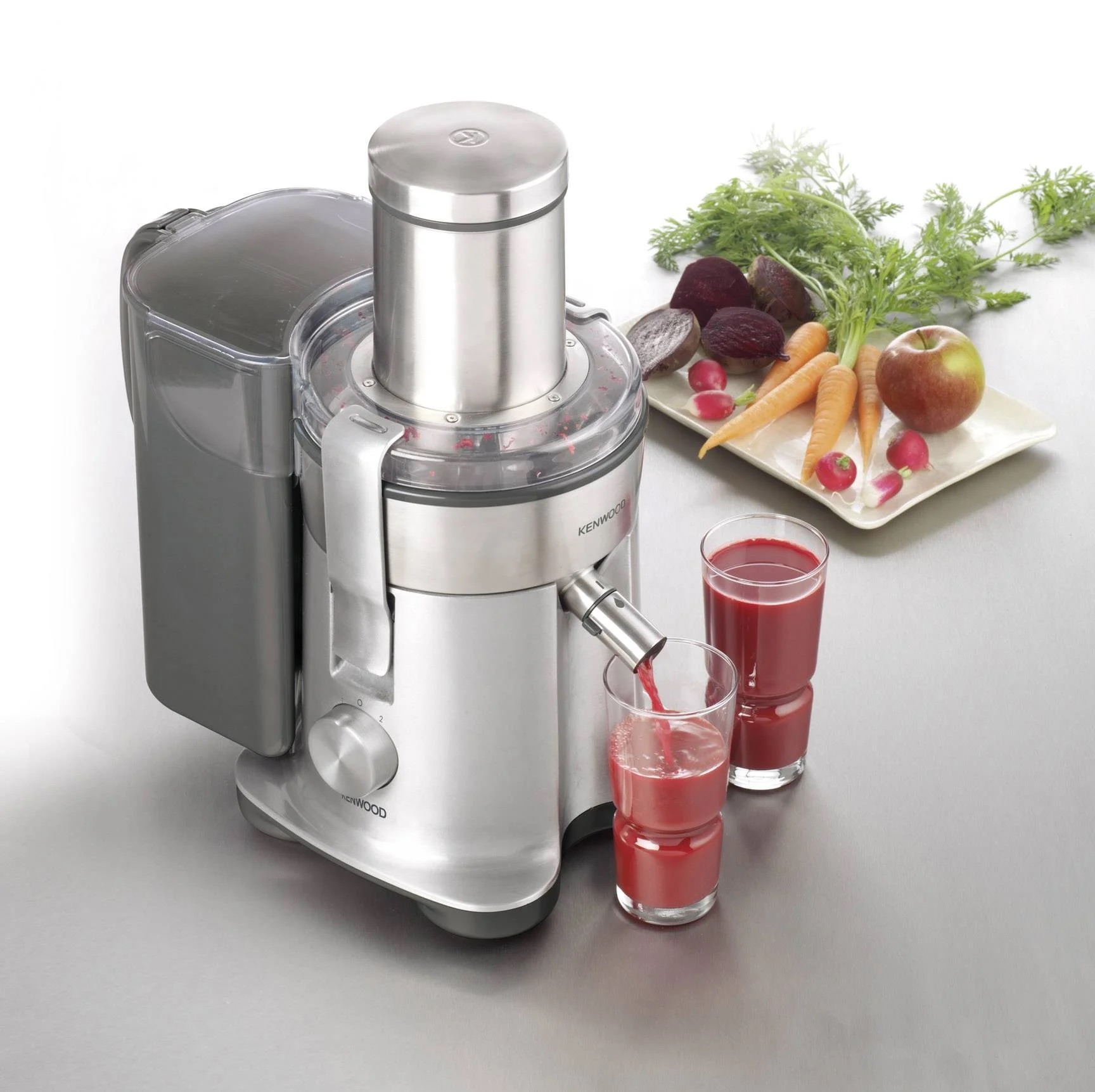
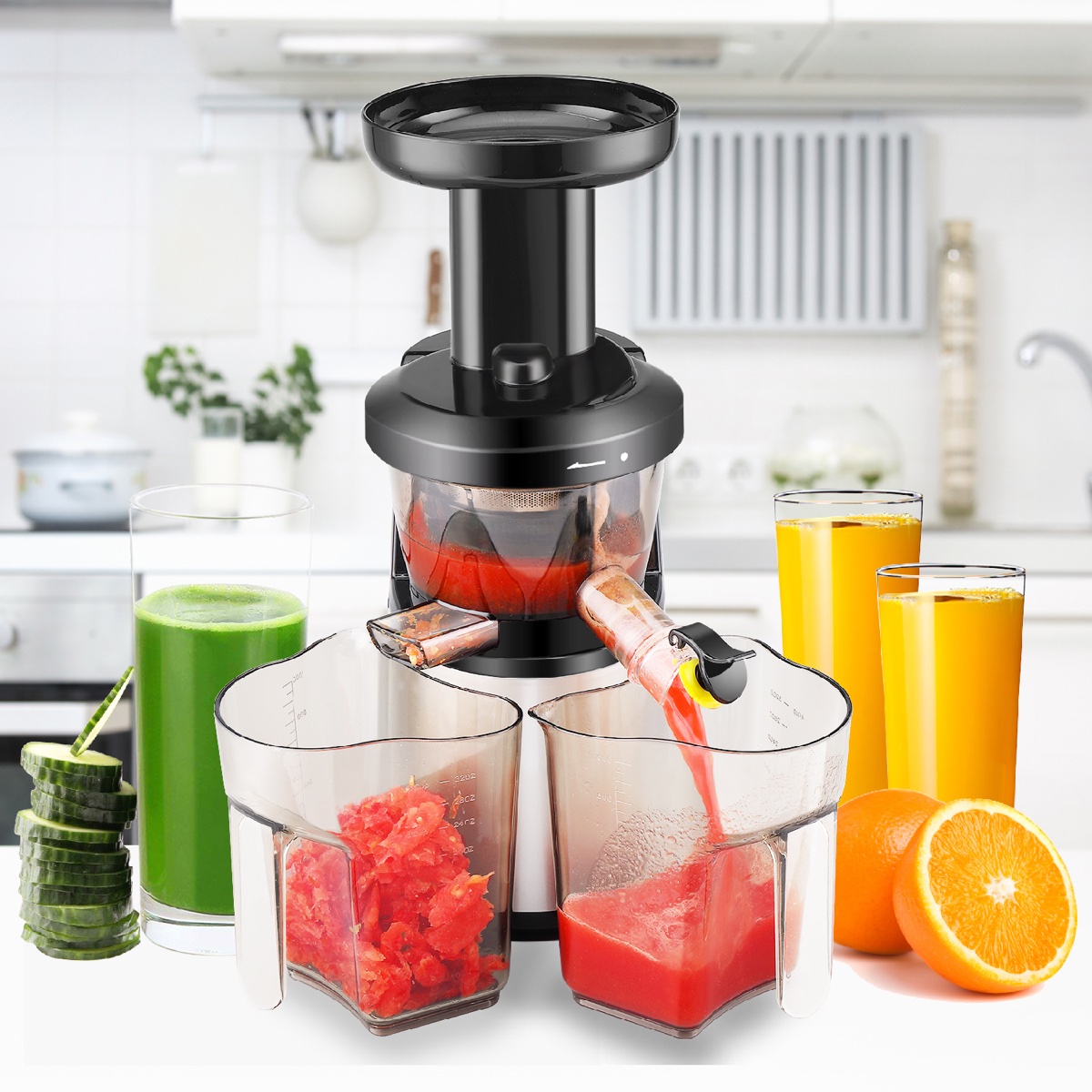

0 thoughts on “What Is A Juicer”